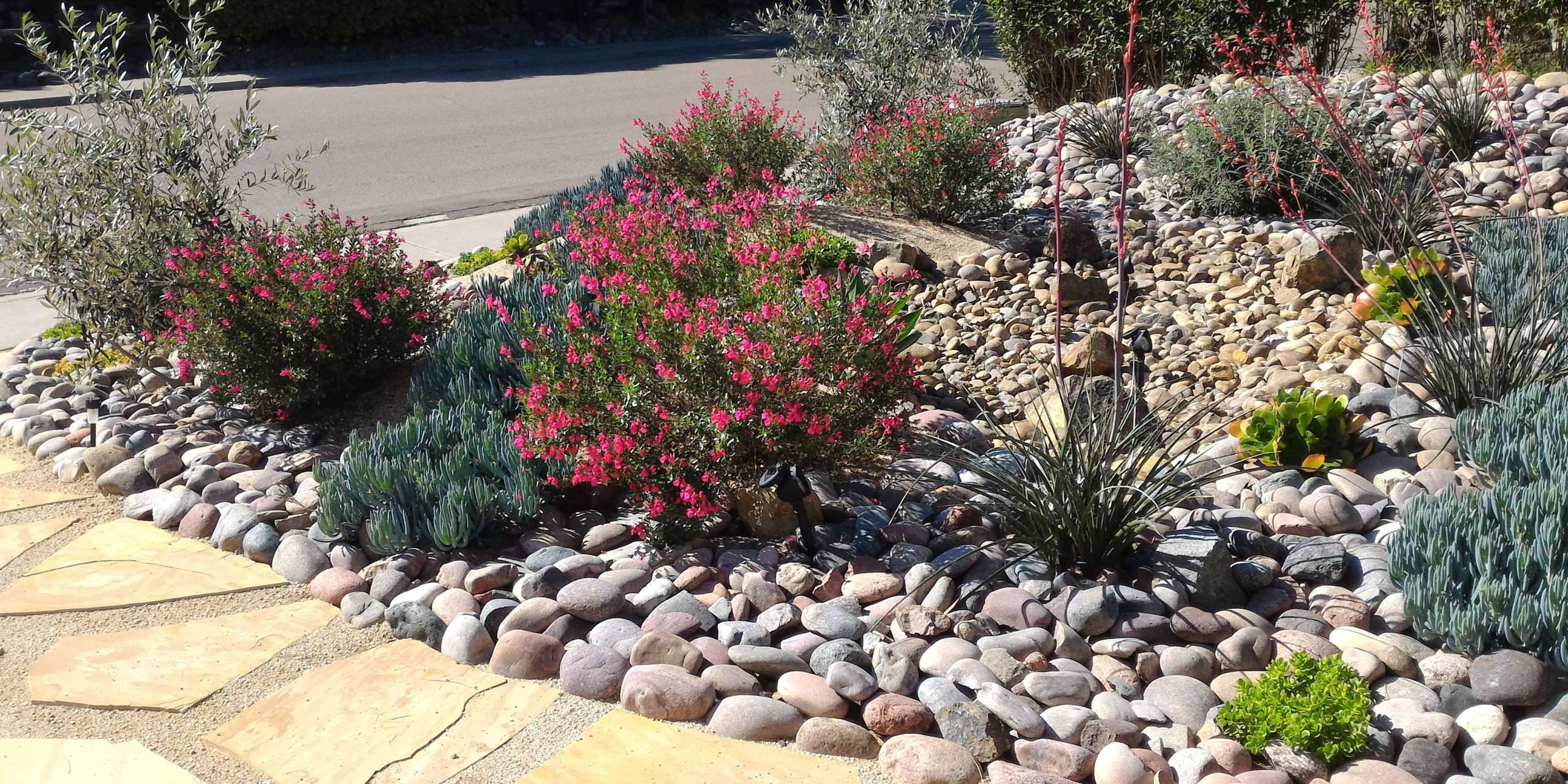Xeriscaping has gained popularity as a sustainable landscaping approach that conserves water, reduces maintenance, and creates beautiful outdoor spaces. Derived from the Greek word “xeros” meaning dry, xeriscaping focuses on designing landscapes that thrive in arid or water-sensitive regions while minimizing the need for excessive irrigation. In this comprehensive guide, we will delve into the principles, benefits, plant selection, and maintenance practices associated with xeriscaping to help you create a water-smart and environmentally friendly landscape.
Understanding the Principles of Xeriscaping
Xeriscaping is built upon a set of fundamental principles that guide its implementation. These principles include water conservation, appropriate plant selection, efficient irrigation, soil improvement, mulching, and practical turf areas. By embracing these principles, you can achieve a harmonious balance between beauty, functionality, and sustainability in your landscape.

Benefits of Xeriscaping
Xeriscaping offers numerous benefits for both homeowners and the environment. It reduces water consumption by up to 50-75% compared to traditional landscaping methods, resulting in significant cost savings and reduced strain on local water resources. Xeriscaped landscapes require less maintenance, as they are designed to be self-sustaining and less dependent on constant watering and chemical inputs. Additionally, xeriscaping promotes biodiversity, conserves energy, and reduces the use of harmful pesticides and fertilizers.

Selecting the Right Plants for Xeriscaping
Choosing the appropriate plants is crucial in xeriscaping. Native and drought-tolerant plants are the preferred choices as they have adapted to local climatic conditions and require minimal water once established. Consider factors such as water needs, sun exposure, soil type, and plant height when selecting plants. Incorporating a variety of textures, colors, and seasonal interest will add depth and visual appeal to your xeriscape design.

Efficient Irrigation Techniques
Efficient irrigation is a key aspect of xeriscaping. Drip irrigation systems, soaker hoses, and micro-sprinklers deliver water directly to the root zones of plants, minimizing evaporation and runoff. Smart irrigation controllers that adjust watering schedules based on weather conditions can further optimize water usage. Implementing rainwater harvesting systems and utilizing greywater for irrigation are also eco-friendly practices that align with the principles of xeriscaping.

Improving Soil Health
Healthy soil is essential for the success of xeriscaped landscapes. Amending the soil with organic matter, such as compost, improves its water-holding capacity, drainage, and nutrient content. Well-prepared soil allows roots to penetrate deeply and access moisture efficiently. Conduct a soil test to assess its composition and pH level, and make necessary adjustments to create an optimal growing environment for your plants.

Mulching and Weed Control
Mulching plays a vital role in xeriscaping by conserving soil moisture and suppressing weed growth. Apply a layer of organic mulch around plants and in garden beds to retain moisture, regulate soil temperature, and minimize evaporation. Mulching also helps prevent weed competition, reducing the need for chemical herbicides and manual weeding.

Proper Maintenance Practices for Xeriscape Landscaping
Xeriscaped landscapes require less maintenance compared to traditional lawns, but regular care is still essential. Prune plants as needed to maintain their shape and remove dead or damaged branches. Monitor for pests and diseases, and address issues promptly. Adjust irrigation schedules seasonally and perform periodic checks to ensure efficient water distribution. Weeding and mulch replenishment should be part of routine maintenance to keep your xeriscape looking its best.

Xeriscaping is a sustainable landscaping approach that promotes water conservation, reduces maintenance, and creates visually stunning outdoor spaces. By embracing the principles of xeriscaping, selecting appropriate plants, implementing efficient irrigation techniques, improving soil health, using mulch, and practicing proper maintenance, you can create a landscape that is not only water-smart but also beautiful and environmentally friendly. Start your xeriscaping journey today and enjoy the benefits of a resilient and sustainable outdoor oasis.


